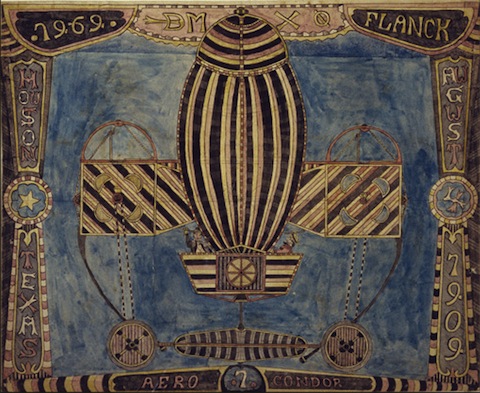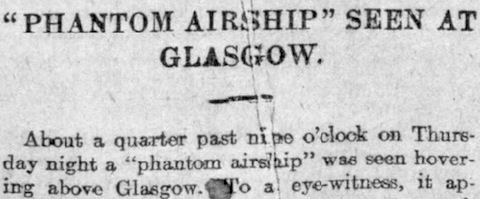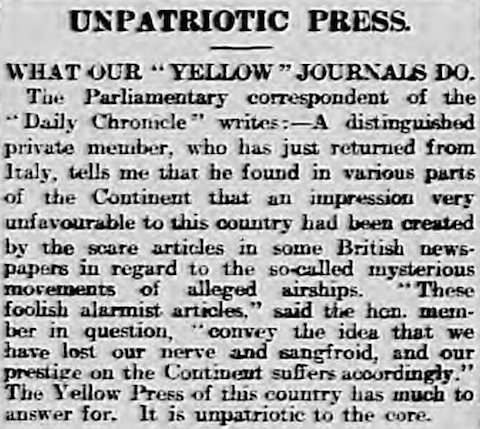Friday, 28 March 1913
Judging from the report in the Western Gazette, Captain Faber, Conservative MP for Andover, evidently is not convinced by the letter he received from the Prime Minister downplaying the mystery airship visits, for in a speech to his constituents at Weyhill in Hampshire he invoked them as a counterargument to the War Minister’s downplaying of […]






